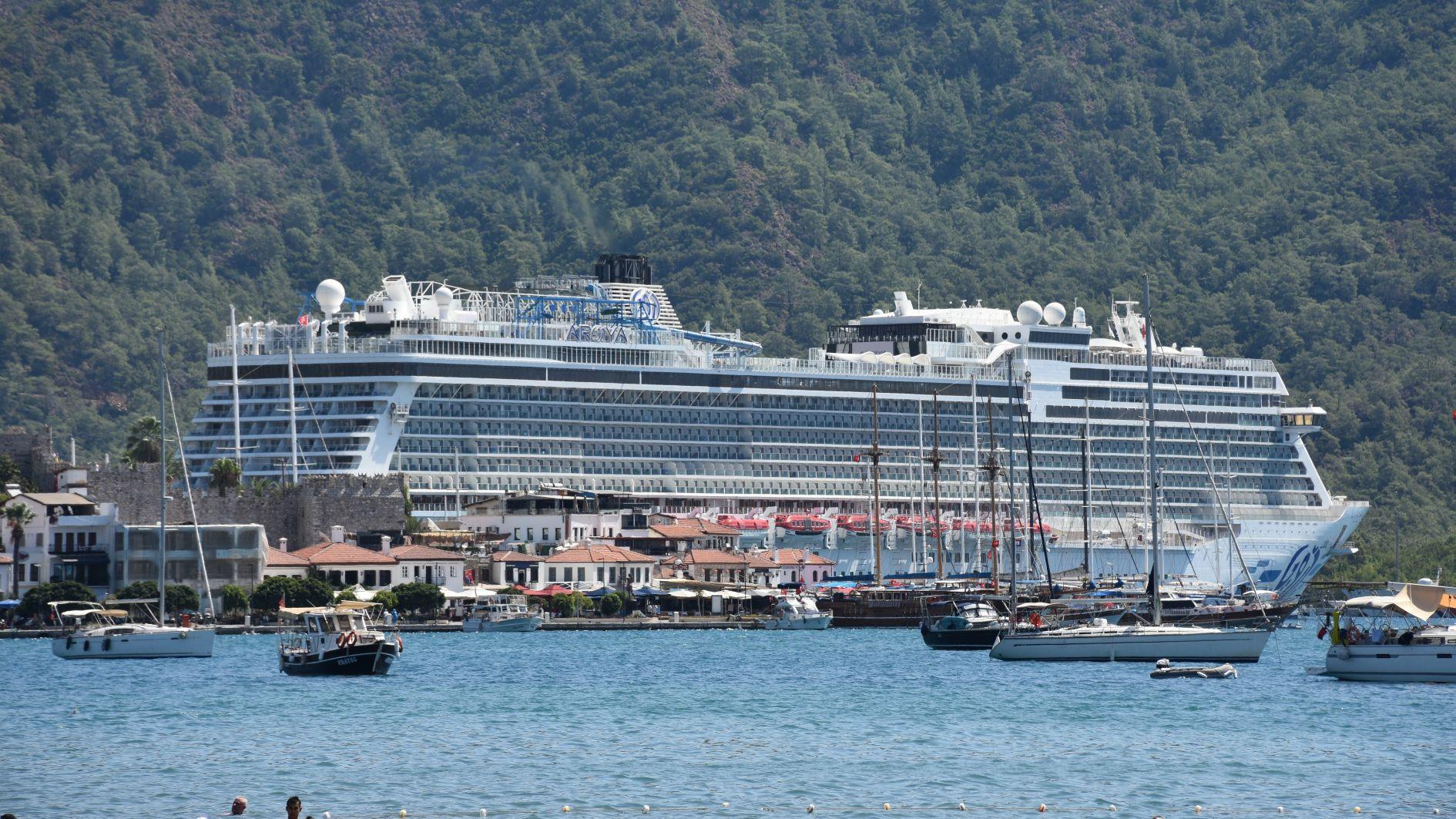
The number of cruise tourists visiting Türkiye is expected to exceed 2 million by the end of 2025, potentially matching or surpassing the record of 2.2 million set in 2013, the head of the Turkish Travel Agencies Association (TÜRSAB) has said.
Firuz Bağlıkaya said the continued growth of cruise tourism in Türkiye depends on various factors, from infrastructure to regional security.
He noted that Türkiye holds strong potential for cruise tourism, especially given its strategic geographic location.
Citing Turkish Transport and Infrastructure Ministry data, Bağlıkaya said some 675 cruise ships brought in slightly over a million passengers between January and July, marking a 19 percent increase on an annual basis.
He emphasized that the cruise sector rapidly recovered worldwide after the COVID-19 pandemic, as the number of global cruise tourists is reaching 35 million, rising from the pre-pandemic figure of 30 million.
“Türkiye is also benefitting from this recovery, as a country located at the intersection of Eastern Mediterranean, Aegean, and Black Sea routes,” he said.
He highlighted the importance of major ports such as Kuşadası, İzmir and Bodrum being included in the itineraries of lines that travel to destinations in the Aegean and Mediterranean.
This has not only boosted tourism in those cities but has also enhanced Türkiye’s strategic position in global cruise tourism, the official said.
He said that global cruise tourism companies’ choosing of Istanbul as a main departure port has transitioned Türkiye’s position of being a stopover to becoming a central hub for cruise routes.
“Istanbul Galataport significantly contributed to this development, as its use meant that cruise ship tours from Istanbul would lead to tourists enjoying the city first, adding to the economy across a wide range of sectors,” he said.
Bağlıkaya also noted that cruise tourists typically have high spending potential and often engage in other types of tourism, such as MICE (meetings, incentives, conferences and exhibitions) and health tourism.
“It is key to analyze the developments and the changing dynamics in cruise tourism and develop strategies and roadmaps,” Bağlıkaya said.
“The changing demographics of cruise tourists also need to be understood and the products need to be developed with them in mind,” he added.